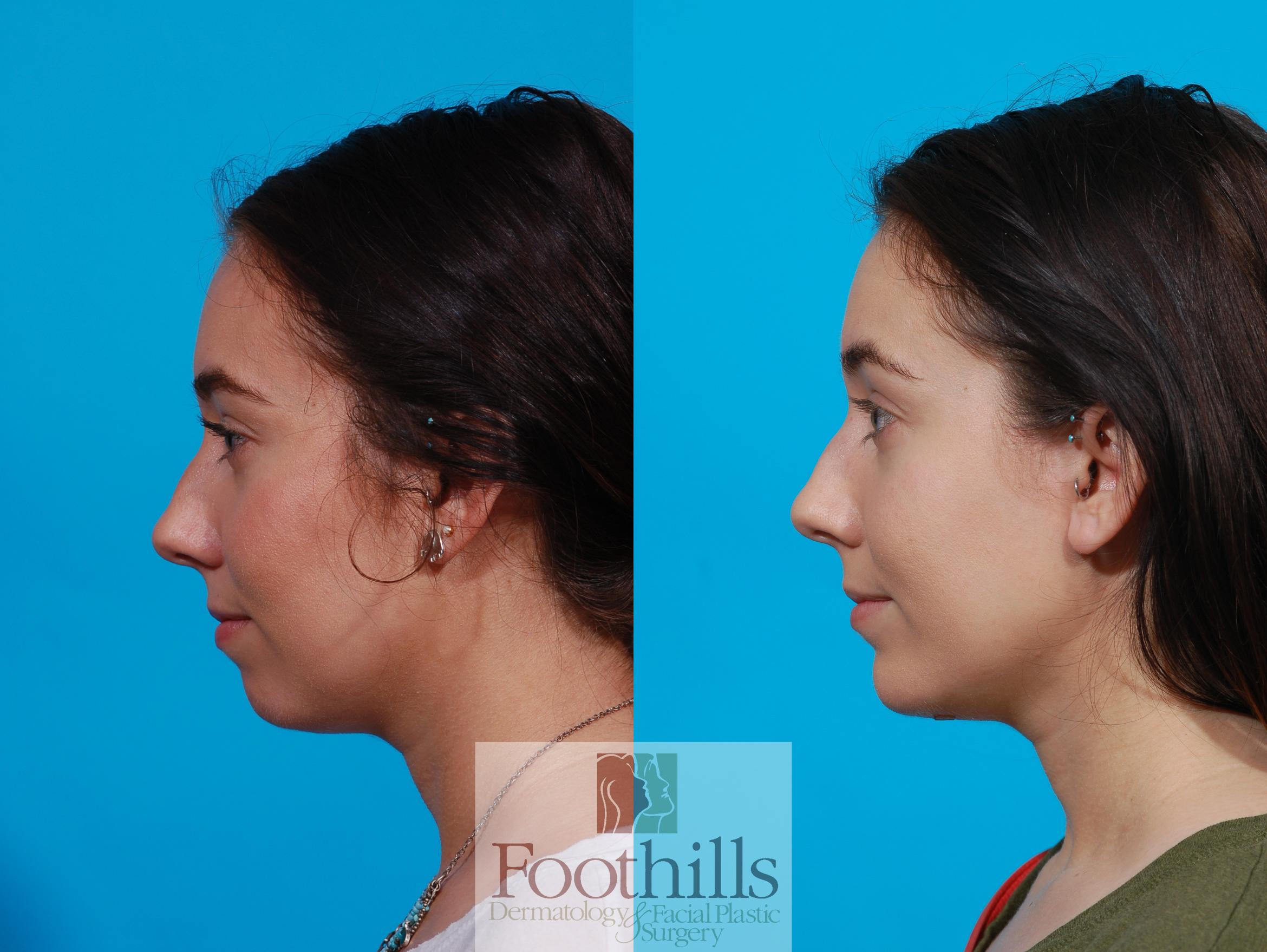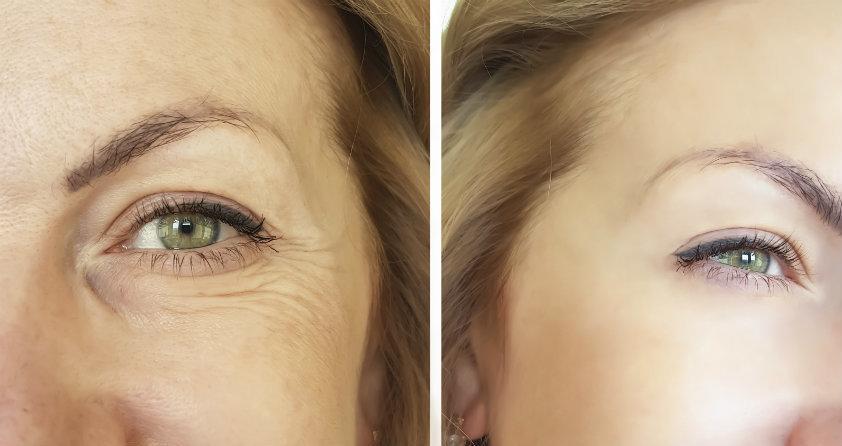
Before having a breast lift procedure, it's important to understand what you can expect from the procedure. This is a major procedure that will require a lengthy recovery. Some women find this new shape difficult and it may take many months before they are fully visible. Your breasts may feel different after surgery. To protect your wounds and minimize the chance of complications, it is important to avoid strenuous activity while you are recovering from surgery.
Asymmetry in sagging breasts
A breast lift is a cosmetic procedure used to correct sagging breasts. These procedures involve the removal and repositioning of excess skin and tissue in order to improve the breast's position. Sagging breasts may be caused by a variety of factors including pregnancy, age, weight loss, and other factors. A breast lift can improve self-esteem and body image for women with sagging breasts.
After childbirth, the ligaments supporting your breasts stretch which can cause sagging. This can make your breasts appear larger after childbirth. Women with several pregnancies may also have sagging breasts, which is called Macromastia. The excess tissue and skin in the breast can also be caused by hormonal changes. As menopause approaches, estrogen levels will drop. The breasts' milk production system will also be affected, resulting in sagging.
Techniques of breast lifting
Breast lift surgery may be able to help you restore the youthful appearance of breasts. To give your breasts a more firm look, you will need to have excess skin removed. The breast tissue will be tightened and supported during the procedure. To complete the procedure, plastic surgeons can use many incision styles and techniques. This article examines some of these most common procedures.

There are three main ways to do it. The anchor incision is used for traditional breast lifting. It involves three small incisions around your nipple. This allows the surgeon a greater amount of tissue to be removed during surgery.
Results of a Breast Lift
A breastlift, also known by mastopexy or plastic surgery, will lift and tighten the breasts. This procedure can also reposition the nipple and areola to give you a more balanced and youthful appearance. Women who suffer from sagging breasts will find that the surgery provides the results they are looking for.
Breast lifts can have many benefits, including increased self-esteem and a more youthful appearance. They also improve posture and spinal health. However, breast lift surgery is not without risk. Risks associated with surgery include infection, significant scarring, bleeding, and possible complications. Important to remember that weight fluctuations and aging can have a significant impact on the outcome. Recovery may take several weeks.
Complications of a breast lift
Breast lift complications can result in changes to sensation and breast shape, bleeding, as well. These may include nipple loss or areola losses. Breast lifts are cosmetic procedures and therefore are not covered by any health insurance plans. Mastectomy reconstruction is the only exception to this rule.
The risks of a breast lift are relatively low, but you should be aware of them. Asymmetry of the breasts, bleeding, and infection are just a few of the complications. Also, you will need to adhere to all instructions post-op, such as not smoking, taking the prescribed antibiotics, and avoiding certain drugs. A four- to six week recovery period is recommended. It is important that you limit strenuous activity during this period and avoid lifting heavy objects. It is possible that you will need to hire someone to look after your children.

Breast lift cost
Costs for breast lifts will vary. Before you go, ask your plastic surgery for a detailed estimate. Costs may include the cost of the surgeon, prescription medication, post-surgery clothes, and any medical tests. You may need to pay additional staff or supplies. The procedure involves anesthesia, which is why some surgeons have a board-certified anesthesiologist.
The cost of plastic surgery will vary depending on where you live. In order to pay their overhead, surgeons in higher-priced areas usually charge more. However, you can still travel to cheaper areas if your surgeon has the experience and low overhead.